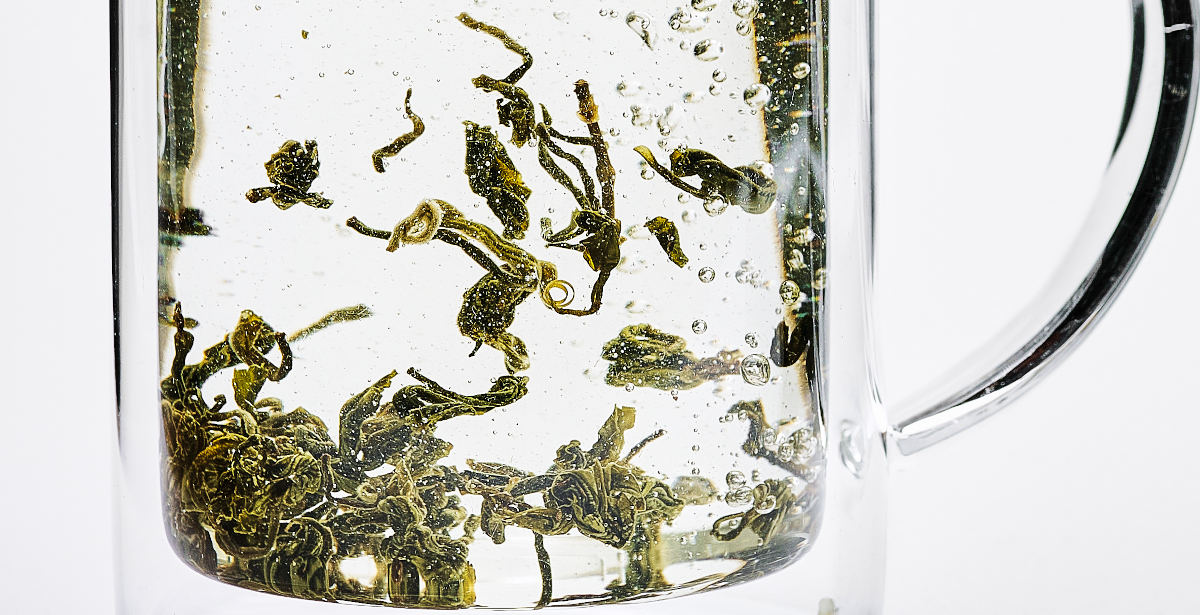
How to brew green tea the best way
Green tea has a lot to offer - fresh taste, soft tones and a calm feeling in the body. But it's also a tea that can easily go wrong if you add too much hot water or let it steep for too long. Here are some simple tips that will make a big difference, especially if you've been hesitant about green tea in the past.
Many people are surprised - it tastes better at a lower temperature
We often meet customers who say they've "never really liked green tea". Almost always it turns out that it's been brewed with boiling water - then the taste becomes slightly harsh and bitter. But when they try lowering the temperature a little, the experience changes completely. It's rounder, fresher, and often much tastier than you thought.
A good guideline is:
Roasted/ e.g. Chinese, Korean green tea: 75-85°C
Steamed/Japanese green tea: 60-80°C
Flavoured green tea: 75-85°C
Don't have a thermometer? Bring the water to the boil, and wait about 5 minutes before pouring. That goes a long way.
How much tea? And for how long?
As a rule of thumb, you can use:
1 teaspoon of tea (about 2 grams) per 2 dl of water
Brewing time: 1-3 minutes
Steamy teas (such as Sencha, Gyokuro, etc.) often require less time than roasted teas. But the taste is individual - try it out.
Give the leaves some space
Soluble tea does best when the leaves are allowed to move freely. A pot with a strainer, a larger tea strainer or a small brewing vessel (like a gaiwan) allows the flavors to develop. If you don't have any of that - no problem. A glass or cup is also fine, as long as you can strain the leaves afterwards.
Tips
It is common to brew green tea several times on the same leaf. You may need to increase the dose slightly but can then brew three or even more batches, and each cup will taste slightly different. It should be the same sitting, or at least the same day. So either a little more leaf, or less water.
In China, it is common to brew directly into the cup, and then simply add more water when you have drunk more than half. Again and again. No exact measurements, no fuss - just a good dose of leaves and fresh water. However, this is not possible with Japanese varieties that are steamed, and therefore keep brewing all the time. They need a tight tea strainer, so you can interrupt the brewing between times.
Storage - keep it fresh
Green tea is more sensitive to oxygen, light and moisture than black tea. Store it in a cool, dark place, preferably in a sealed jar. It will keep its freshness for longer. Old tea loses its flavor, but as long as you keep it dry, it's never dangerous to drink. So don't throw away the leaves unnecessarily - test it yourself - you decide if it's drinkable or not.
Finally
Brewing green tea is more about feel than perfection. A slightly lower temperature, a shorter brewing time - that's often enough for the flavor to blossom. And if you haven't liked green tea before, give it another go. We've seen many converted tea drinkers over the years.
Have questions about green tea, or a favorite brewing method of your own? Get in touch - we'd love to talk tea!






